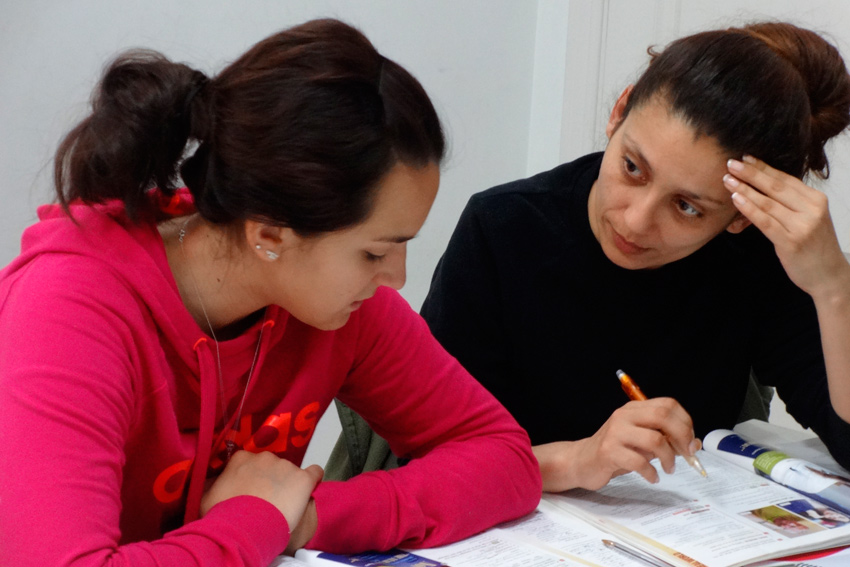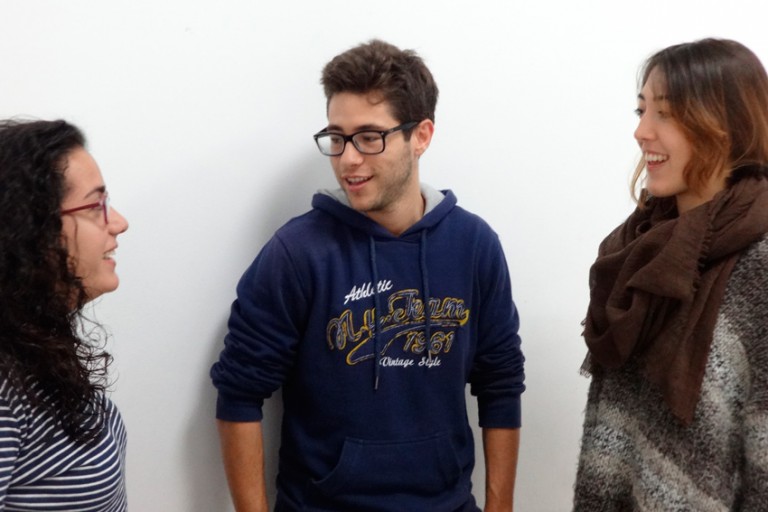

What improvements can be made to airline procedures to prevent or minimize the likelihood that a wheelchair is delayed or lost?. What are the root causes of wheelchairs becoming delayed or lost during air transportation?. In circumstances where the passenger has not requested the return of the wheelchair at the baggage claim area, what are the wait times for wheelchairs to be returned to passengers at the gate?. What additional information from passengers and device manufacturers would be useful to airlines to aid their employees who handle assistive devices?. What best practices or procedures ( e.g., disassembly or loading techniques) could be implemented by airlines to reduce the risk of damaging a wheelchair?. What financial costs (medical, transportation, lost wages, etc.), if any, do people who use wheelchairs incur due to damage to their wheelchair during air travel?. At what point(s) during the handling process are wheelchairs damaged and what are the most common types of damage?. Topic 2: Actions To Prevent or Minimize Likelihood of Mishandled (Damaged, Delayed, and Lost) Wheelchairs What changes to air travel are needed to address the problems encountered by people with disabilities who use wheelchairs?. What are the wait times for assistance to deplane/disembark aircraft for people who use wheelchairs?. What are the root causes of the problems associated with traveling by air with wheelchairs?. How do these problems affect the ability or willingness of people with disabilities to travel by air?.  How frequently do people with disabilities who use wheelchairs experience problems when traveling by air and what is the severity of physical harm or damages that can result?. What are the most significant problems that people with disabilities are currently experiencing when traveling by air with wheelchairs?. USDOT is looking for your thoughts on any of the following questions related to air travel by wheelchair users: Topic 1: Challenges Encountered During Air Travel by Persons Who Use Wheelchairs and the Impacts of Unsafe or Inadequate Assistance Contact Carol Tyson at with any questions. All stories will be used to show Congress the progress being made and areas of improvement needed.Ĭontinue to check this page for updates and ways you can add your voice to the efforts make air travel accessible for wheelchair users and all people with disabilities. Provide videos and photos if you have them. Submit your air travel stories and #Flightmares as a person with a disability to. Sign and share Paralyzed Veterans of America (PVA) online petition to pass the Air Carrier Access Amendments Act: Ĥ. Point them to this page or Paralyzed Veterans of America’s page.ģ. Encourage others to submit their comments to USDOT’s docket. If you’re on social media, check out, engage with and lift up the hashtags #Flightmares and #JustPlaneWrong. USDOT also needs to hear from people who are wheelchair users with co-occurring disabilities.Ģ.
How frequently do people with disabilities who use wheelchairs experience problems when traveling by air and what is the severity of physical harm or damages that can result?. What are the most significant problems that people with disabilities are currently experiencing when traveling by air with wheelchairs?. USDOT is looking for your thoughts on any of the following questions related to air travel by wheelchair users: Topic 1: Challenges Encountered During Air Travel by Persons Who Use Wheelchairs and the Impacts of Unsafe or Inadequate Assistance Contact Carol Tyson at with any questions. All stories will be used to show Congress the progress being made and areas of improvement needed.Ĭontinue to check this page for updates and ways you can add your voice to the efforts make air travel accessible for wheelchair users and all people with disabilities. Provide videos and photos if you have them. Submit your air travel stories and #Flightmares as a person with a disability to. Sign and share Paralyzed Veterans of America (PVA) online petition to pass the Air Carrier Access Amendments Act: Ĥ. Point them to this page or Paralyzed Veterans of America’s page.ģ. Encourage others to submit their comments to USDOT’s docket. If you’re on social media, check out, engage with and lift up the hashtags #Flightmares and #JustPlaneWrong. USDOT also needs to hear from people who are wheelchair users with co-occurring disabilities.Ģ. 
Also find the questions below for easy reference. USDOT questions can be found in the docket page.
#Adline anydo how to#
Scroll down to the bottom of this page for tips on how to submit a comment. Submit comments at at the docket page here. Best practices for assisting wheelchair users when personal wheelchairs are mishandled.Actions to ensure a safe transfer process.Actions to prevent or minimize damaged, delayed, and lost wheelchairs.Challenges encountered during air travel by wheelchair users.They are looking for answers to questions that address the following issues: USDOT has announced that they will receive feedback until April 25th. Submit your comments in response to the March 24th USDOT public meeting on air travel for wheelchair users. Join DREDF and disability advocates across the country in #PushingAccessForward for real and lasting change to ensure air travel is accessible to all. If you were able to join the meeting, thank you! We need to keep the conversation and advocacy going. USDOT has posted the recordings from the meeting on their website at: Airline industry representatives also discussed the challenges they face in providing accessible air transportation and the actions they are taking (or plan to take) to improve air travel. We heard from the USDOT Secretary and staff, engineers and other stakeholders, as well as disability rights advocates about the difficulties encountered during air travel. On Thursday March 24th DOT held an all-day public meeting to talk about the problems.

The US Department of Transportation (USDOT) says it wants to improve air travel for wheelchair users.
California Sterilization Compensation Program.








 0 kommentar(er)
0 kommentar(er)
